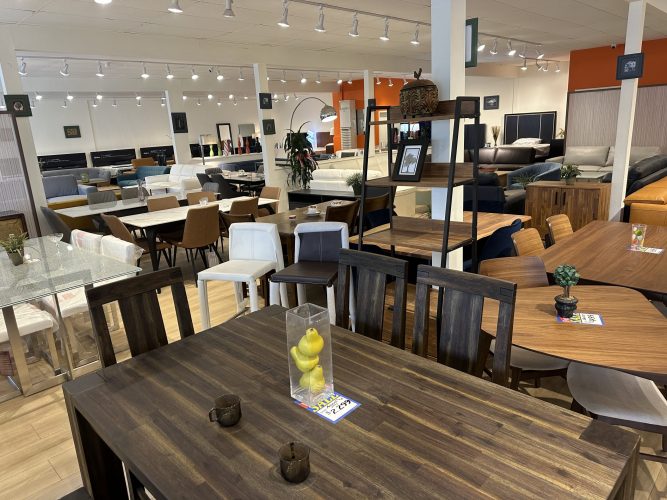Furniture Tariffs Housing Market concerns are rising as the U.S. government imposes new tariffs on imported wood, kitchen cabinets, bathroom vanities, and furniture.
Starting October 14, 25% tariffs officially took effect on imported cabinets, vanities, and furniture, while 10% tariffs were imposed on lumber and general wood imports.
If exporting countries fail to sign trade agreements with the United States by the end of this year, additional high tariffs will begin on January 1—30% on fabric-covered wood products and up to 50% on kitchen cabinets and bathroom vanities.

According to the Korean American furniture industry, the U.S. imports most of its furniture from China, Vietnam, and Italy, as well as other European countries. Many Chinese furniture factories moved to Vietnam after tariff hikes during the first Trump administration, leaving only a small share of standard Chinese imports aside from luxury goods.
Vietnamese furniture will now face a 25% tariff, up from 20%, while wooden furniture imported from the United Kingdom and European Union will be subject to 10% tariffs, following existing trade agreements.
Sean Lee, CEO of Ace Furniture, said, “For Vietnamese furniture, the increase is only 5%, and shipping costs have dropped sharply, so businesses may not pass the additional tariff burden to consumers.”
Industry experts say the sectors most affected will be home remodeling and new construction, particularly kitchen and bathroom renovations. Cabinet prices are expected to rise sharply.
Roughly 90% of cabinets sold in the U.S. are imported from China. The new 25% tariff, combined with President Donald Trump’s warning that a 100% additional tariff could be imposed on Chinese products starting November 1 in response to China’s rare-earth export restrictions, will likely push prices higher.
Jonathan Kim, Director of Kiba Remodeling, said, “President Trump introduced these measures to boost domestic manufacturing, but U.S.-made products take an average of three months to arrive after ordering and are much more expensive.” He added, “Cabinet prices could rise by more than 1.5 times, increasing overall remodeling costs. Demand may grow in the high-end remodeling market, which is less sensitive to price changes.”
Real estate experts warn that these tariff increases could undermine another key Trump administration goal—stimulating home construction and sales.
The National Association of Home Builders (NAHB) reported, citing 2024 data, that about 7% of materials used in new home construction are sourced from overseas suppliers. Even before the new tariffs, building material prices had already risen 34% since December 2020.
The new tariffs are also expected to affect home sales.
Jin Hong, President of the Korean Real Estate Brokers Association of Southern California (KREBA), said, “With high mortgage rates, many buyers are already putting most of their available funds toward down payments, leaving less for repairs. Rising renovation costs will likely push buyers to prefer move-in ready homes.”
BY EUNYOUNG LEE [lee.eunyoung6@koreadaily.com]




